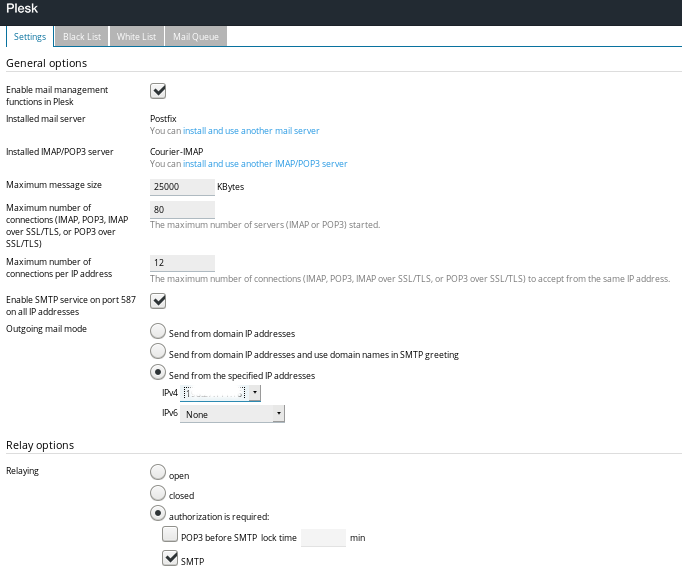Authentication is the sure-shot way to restrict access to valid users.
And, when the mail server lacks the auth mechanism, web apps show up Postfix authentication not enabled error.
But, how to enable auth in mail servers like Postfix?
Postfix supports SASL authentication which helps the SMTP client to authenticate to the server.
At Bobcares, we often get requests to fix Postfix authentication not enabled errors as part of our Server Management Services.
Today, let’s get into the details and see how our Support Engineers fix Postfix authentication errors.
How we fix common postfix authentication errors
Postfix is an open-source mail transfer agent used to manage email delivery on a server.
At Bobcares, where we have more than a decade of expertise in managing servers, we see many customers face problems while enabling Postfix authentication.
Authentication on Postfix happens through the sasl authentication daemon. However, this requires special configuration too.
Now, let’s see the major reasons for authentication errors and how our Support Engineers fix the top errors.
1. Missing line in the configuration file
Recently, one of our customers got an error like postfix Dovecot SASL Authentication not enabled/working ubuntu 12.04 server.
On checking, our Support Engineers could see that the master.cf was lacking a line. So, we had to edit the configuration.
# /etc/postfix/master.cf # Listen on port 25. smtpd pass - - - - - smtpd
Finally, we did a postfix reload and that fixed the problem.
In the same way, in control panel based servers, we always tweak the Postfix server settings from web panel too. For instance, in Plesk we navigate to Home >> Tools & Settings and set the desired values.

2. Incorrect settings
Similarly, often customers may get Postfix authentication not enabled error because of bad settings in the Postfix master.cf configuration file.
Enabling SASL auth in Postfix requires either smtp or smtpd. To enable SASL when receiving email via smtpd, we add the parameter smtpd_sasl_auth_enable = yes
And, in the case of sending an email via smtp, it will be smtp_sasl_auth_enable = yes
When using the smtpd method, if the user edits Postfix’s main config and adds only put smtp_sasl_auth_enable instead of smtpd_sasl_auth_enable, it results in an error.
Also, when the customer adds the line smtpd_tls_auth_only = yes, they may get this error because it may not be a TLS connection. This option allows authentication to occur only after tls is set up.
Therefore if you telnet to your smtp port and then issue an auth command you will get that not enabled error since it is still not a tls connection at this time.
So, we change the settings in /etc/postfix/main.cf as below.
smtpd_tls_auth_only = no
That fixes the problem.
[Need assistance to fix error postfix authentication not enabled? We’ll fix it for you.]
Conclusion
In short, the Postfix authentication not enabled error can happen due to incorrect settings in the Postfix configuration file. Today, we saw the various reasons for Postfix authentication errors and how our Support Engineers fix them.







0 Comments